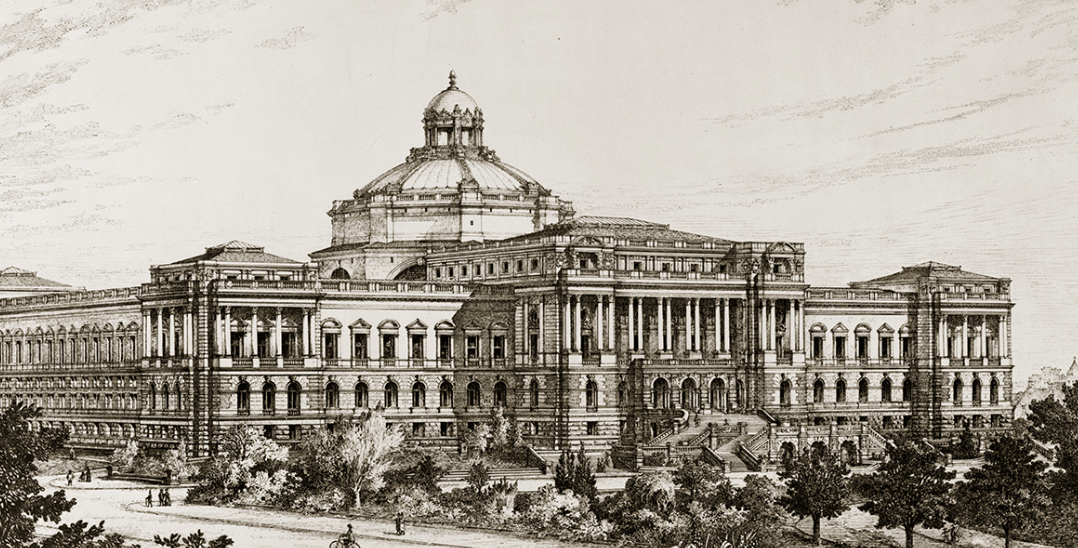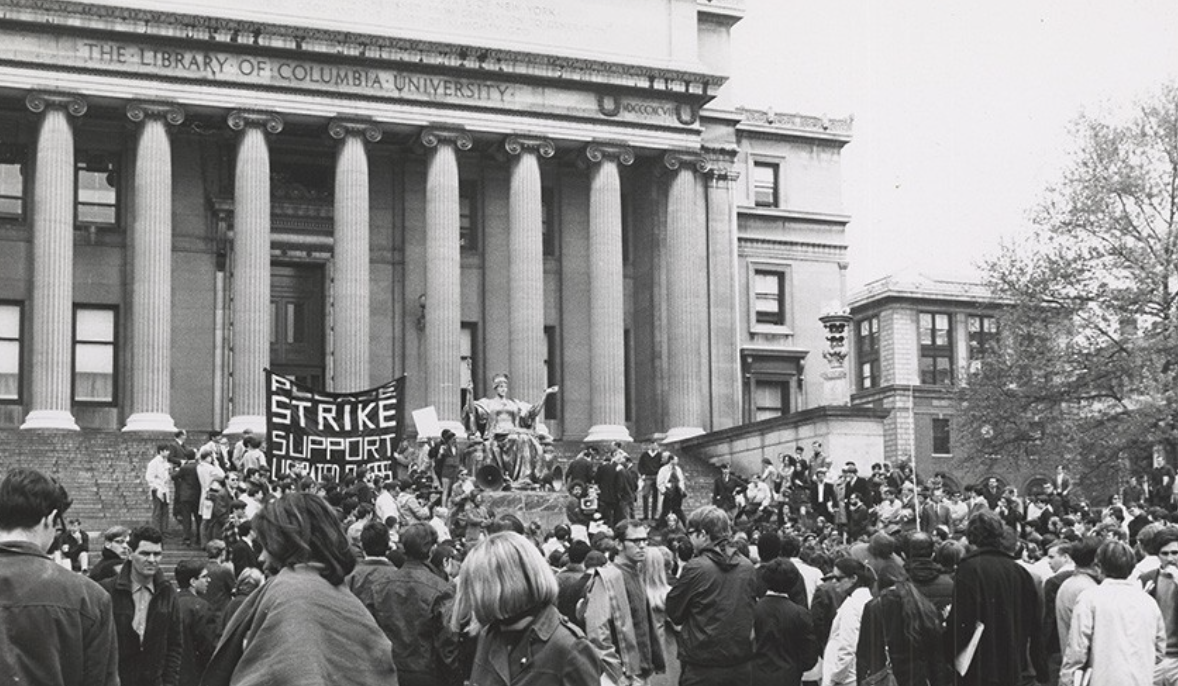The Library of Congress is the oldest federal cultural institution in the United States and serves as the research library for the United States Congress. It was established on April 24th, 1800, when then President John Adams signed an Act of Congress providing for the transfer of the seat of government from Philadelphia to the new capital city of Washington.
The Library of Congress was originally housed in the Capitol Building, and its collection consisted of a few hundred books and three maps. Today, it has grown to become the largest library in the world, with over 170 million items in its collections, including books, photographs, manuscripts, and recordings.
The Library of Congress plays a crucial role in preserving and providing access to the world’s knowledge and culture. Its collections are used by scholars, researchers, and the general public to study history, literature, science, and the arts. The Library also serves as a national symbol of knowledge, creativity, and democracy.
Throughout its history, the Library of Congress has faced many challenges, including fires, floods, and even thefts. However, it has always bounced back and continued to grow, thanks to the hard work and dedication of its staff and supporters.
Today, the Library of Congress continues to expand its collections and services, embracing new technologies and partnerships to reach even more people around the world. It remains a vital institution in the United States and a beacon of knowledge and culture for all.









